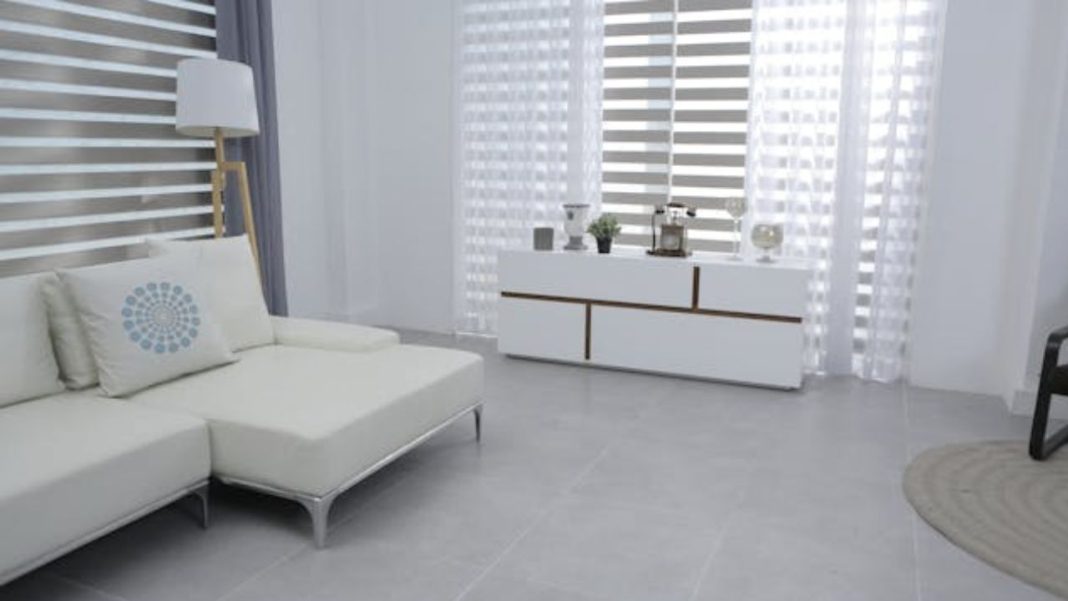You may not have noticed, but porcelain is quietly losing ground in the most sophisticated interior design projects of the moment.
That polished, cold, and perfectly patterned porcelain is giving way to something softer, more continuous, and more refined: microcement.
This isn’t just an aesthetic choice. It marks a shift in mindset within interior design. Less shine, more texture. Fewer joints, more fluidity. Less rigidity, more sensorial appeal.
The surface that doesn’t need attention to stand out
Unlike porcelain, microcement has no seams. It coats floors, walls, countertops, and even furniture in a thin but incredibly durable layer, creating seamless spaces with no visual breaks. The result is a clean, minimalist, and ultra-contemporary look.
Despite common belief, microcement is far from fragile. On the contrary — it’s resistant to moisture, impact, temperature changes, and abrasion. That’s why architects are choosing it for projects ranging from compact bathrooms to expansive commercial interiors.
No rubble, no major construction, no stress
One of microcement’s greatest advantages lies in its application. It can be installed directly over existing surfaces — like tile, concrete, wood, or marble — meaning less demolition, less debris, and less time wasted. For anyone who’s lived through a renovation, that’s nearly a miracle.
Furthermore, its ultra-thin profile (approximately 2mm thick) ensures it doesn’t obstruct doors, baseboards, or pre-existing elements. What’s more, you have the option for a variety of finishes including matte, satin, or slightly lustrous looks, along with an array of custom color choices spanning from natural concrete hues to rich, sophisticated tones.
Intentional creation: where beauty intersects with utility
Selecting micro cement goes beyond jumping on a bandwagon; it embraces an international style that cherishes simplicity, nature, and durability. This type of material instills serenity, amplifies lighting, and encourages contemplation.
The seamless, uninterrupted, and smooth texture of microcement complements designs focused on wellness, cohesive space planning, and sophisticated subtlety. These environments seem to have an air of freshness about them. This aesthetic lightness aligns precisely with what modern interior design aims to provide.
From Japan to Scandinavia, from industrial lofts to minimalistic wellness centers
The growing popularity of microcement in cities such as Barcelona, Stockholm, Kyoto, and São Paulo isn’t accidental. This material enhances various aesthetics ranging from industrial to wabi-sabi, rustic chic to ultra-modern designs.
The applications extend well past floors and walls; this material can also be seen in kitchen countertops, integrated sinks, built-in alcoves, and even exterior facades. It is versatile, unobtrusive, and classic.
You’ll likely want to consider switching from tiles to micro-cement in the near future.
Once porcelain was the preferred choice, but today microcement raises the pertinent query for our times: How can we craft enduring, attractive, and inviting environments while maintaining functionality?
And that question is being answered with a new texture, a new way of thinking about the home, and a new way of relating to space.
This material was generated using AI assistance and has been reviewed by the editorial staff.
O post
Farewell Porcelain: Explore the Innovative Material Set to Be Big in 2025
apareceu primeiro em
newsinpo.site
.






